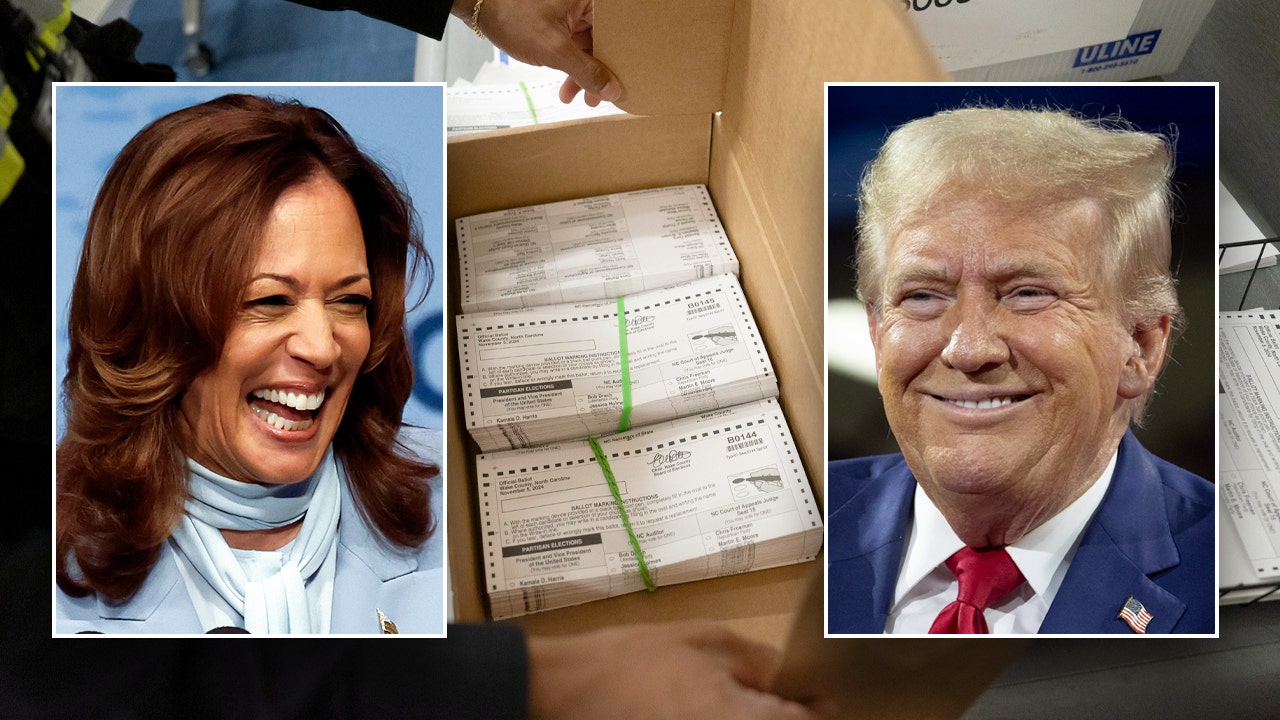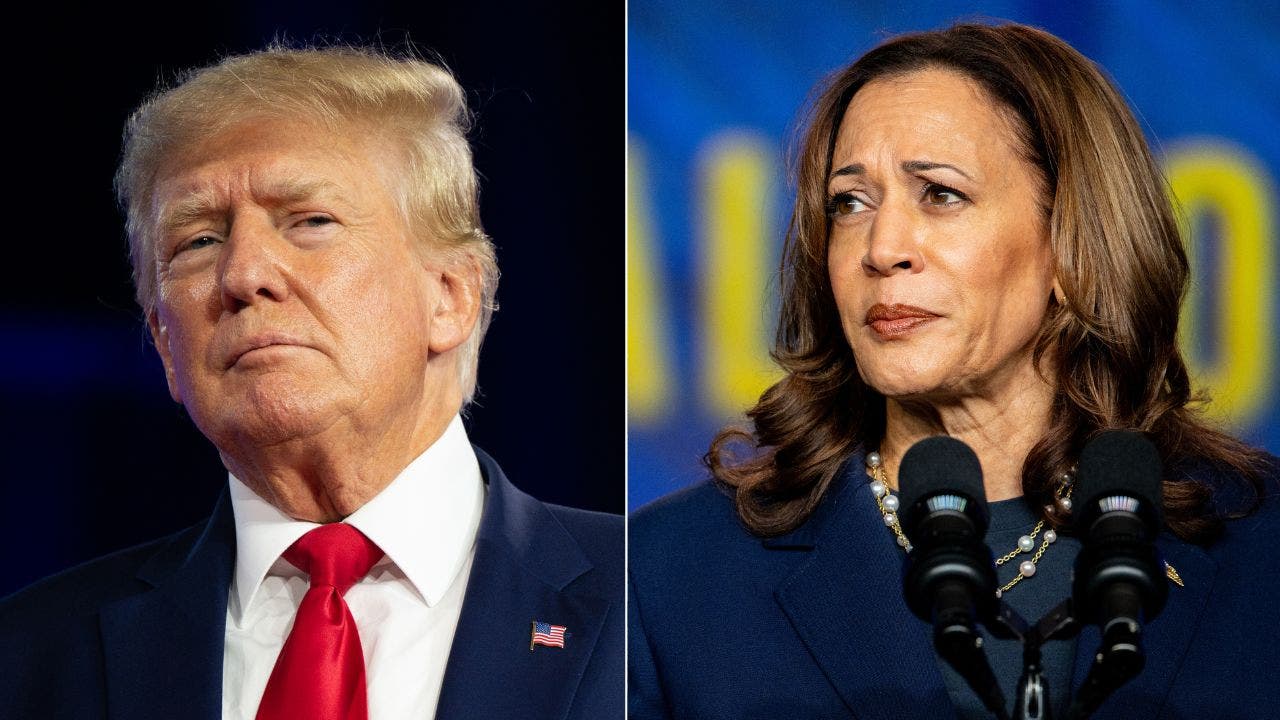Much like nutritional labels on food products, “broadband labels” for internet packages will soon tell you just what is going into the pricing of your service, thanks to new rules adopted by the Federal Communications Commission this week.
“If you’ve ever shopped for home or mobile internet, you can understand how hard it can be to understand what you’re actually paying for,” said Jon Donenberg, Deputy Director of the White House National Economic Council, on a call with reporters. “The broadband nutrition label is a tool that can help consumers make sure they have a clear, straightforward explanation of home and mobile services before signing up for anything.”
Following the design of FDA food labels, these broadband labels will provide easy-to-understand, accurate information about the cost and performance of high-speed internet service to help consumers avoid junk fees, price hikes, and other unexpected costs.
FCC INVESTIGATES SECURITY RISK OF US MOBILE DEVICES USING RUSSIAN, CHINESE SATELLITE SYSTEMS
Internet service providers selling home access or mobile broadband plans will be required to have a label for each plan beginning April 10.
The labels will be mandated to appear at any point of sale, including online and in stores, and they will be required to disclose all pricing information — including introductory rates, data allowances, and speeds. The labels will also include links to information about network management practices and privacy policies.
Here’s what you need to know.
Federal Communications Commission Commissioner Brendan Carr testifies during a House Energy and Commerce Subcommittee on Communications and Technology hearing on March 31, 2022. The FCC adopted new regulations that will require internet service providers to create “broadband labels” to explain to customers exactly what goes into the cost of their service by April 10, 2024. (Tom Williams/CQ-Roll Call, Inc via Getty Images)
WHAT’S BEHIND THE NEW LABELING?
Hidden fees and unexpected rate hikes have dogged consumers shopping for internet service for years, and the Biden administration has been cracking down on “junk fees” (opaque and misleading fee structures) across industries — including banking, hotel and airline pricing, and utility and phone services — for the past several years.
On a call Tuesday, a spokesperson for the FCC clarified that the labels “cannot be buried in multiple clicks” or hidden in a way that a consumer might miss.
“Fees can make it hard to understand the true cost of an internet plan,” said Donenberg, adding that the agency is “committed to rooting out surprise junk fees that some companies pile on to your bills.”
WHAT INFORMATION WILL EACH LABEL CONTAIN?
Monthly price and contract lengthWhether that price will change after a certain period and what it will change toComplete list of monthly and one-time fees, and early termination feeWhether the company participates in the Affordable Connectivity Program and link to check if one qualifies”Typical” download and upload speeds, and latencyData cap and price beyond that capLinks to network management (e.g., zero rating and content blocking) and privacy policies
WHAT IF I DON’T UNDERSTAND SOMETHING ON THE LABELS?
A glossary is available to help consumers better understand the information displayed on the label.
WHAT IF A PROVIDER DOESN’T DISPLAY THE LABEL?
If a provider does not display their labels or posts inaccurate information about its fees or service plans, consumers can file a complaint with the FCC Consumer Complaint Center.
WHEN DO THESE RULES TAKE EFFECT?
While many providers will begin displaying their labels in April, some firms with less than 100,000 subscribers will have until Oct. 10, 2024, to comply with the FCC rules.




